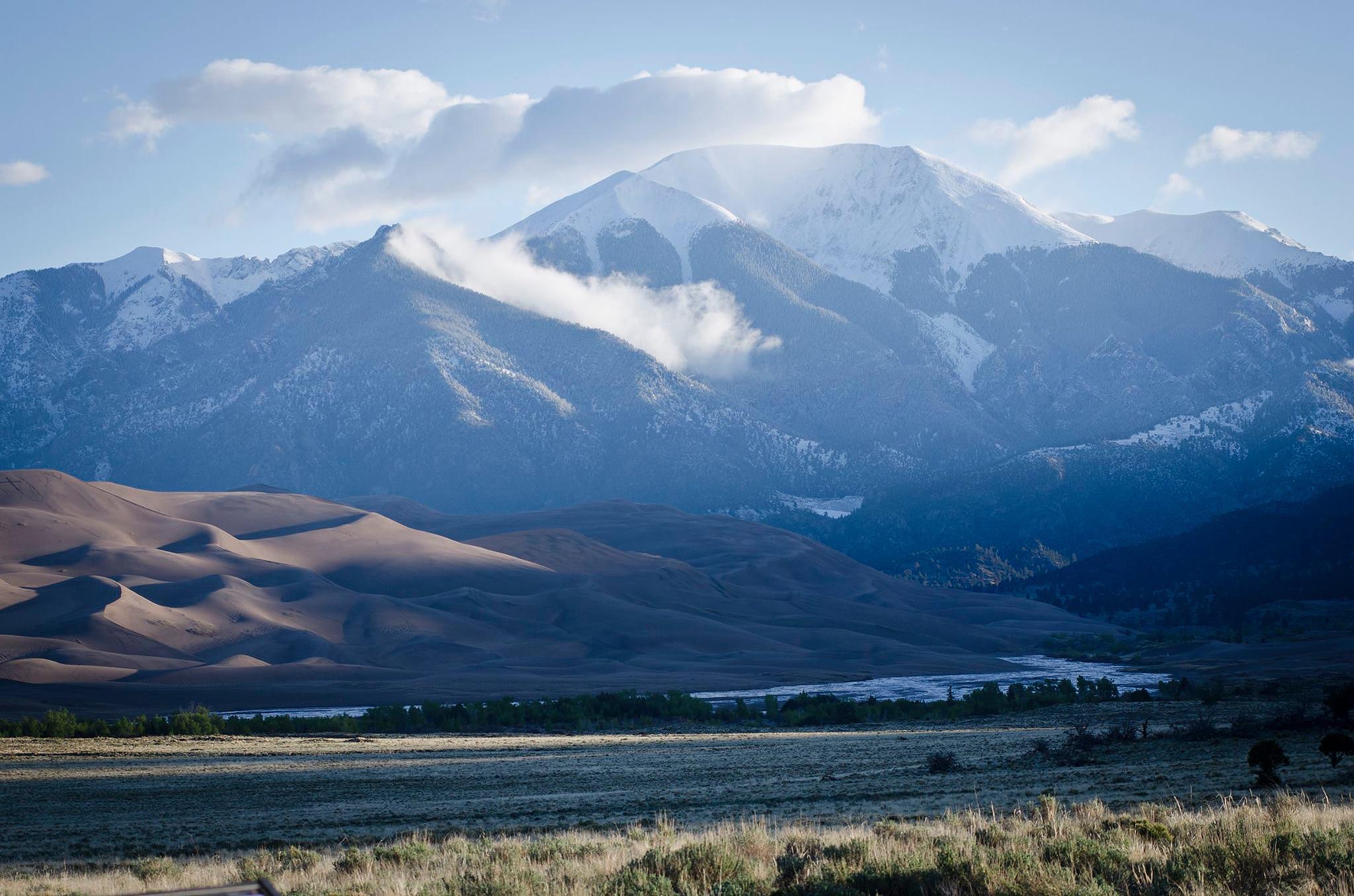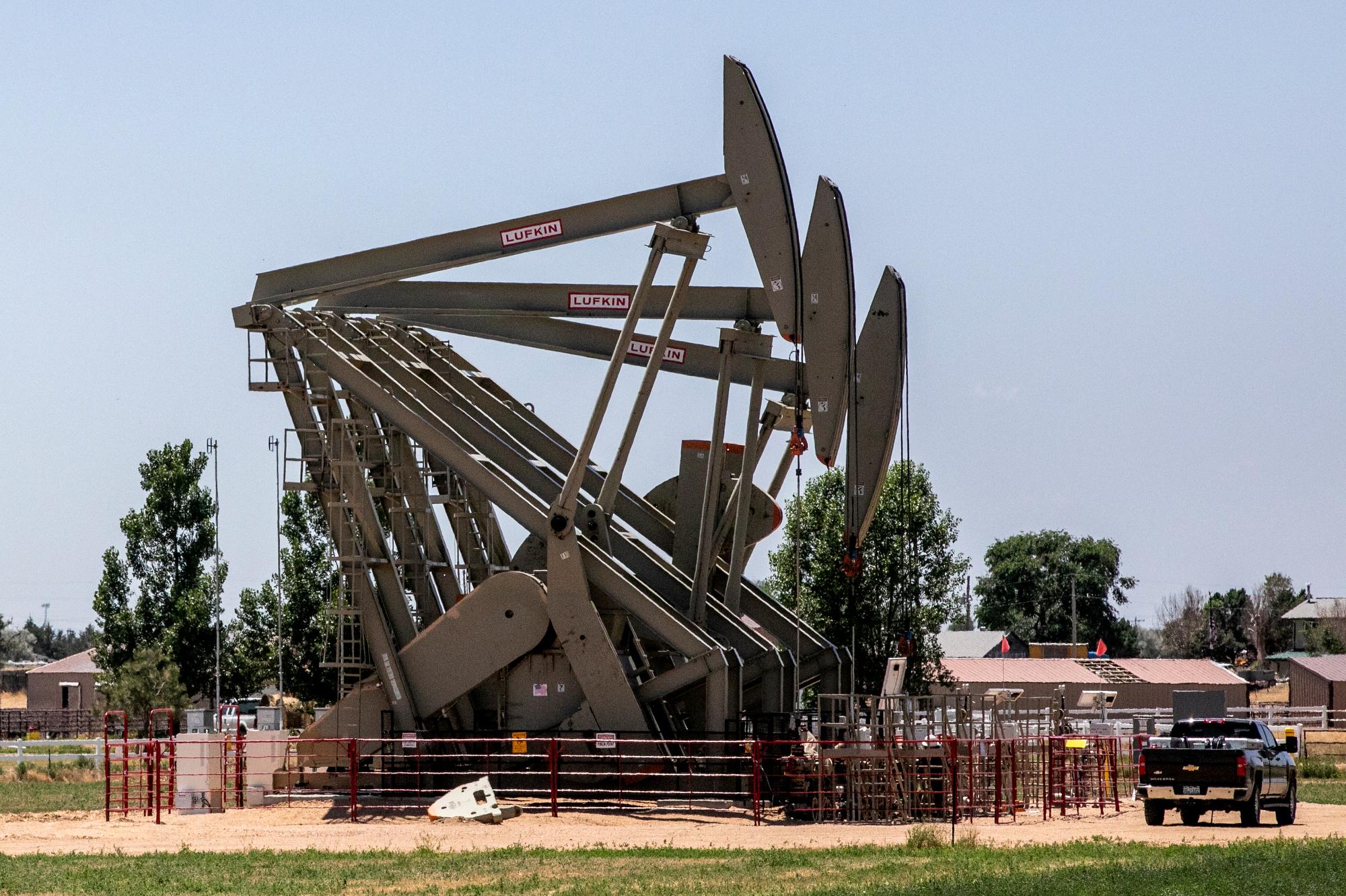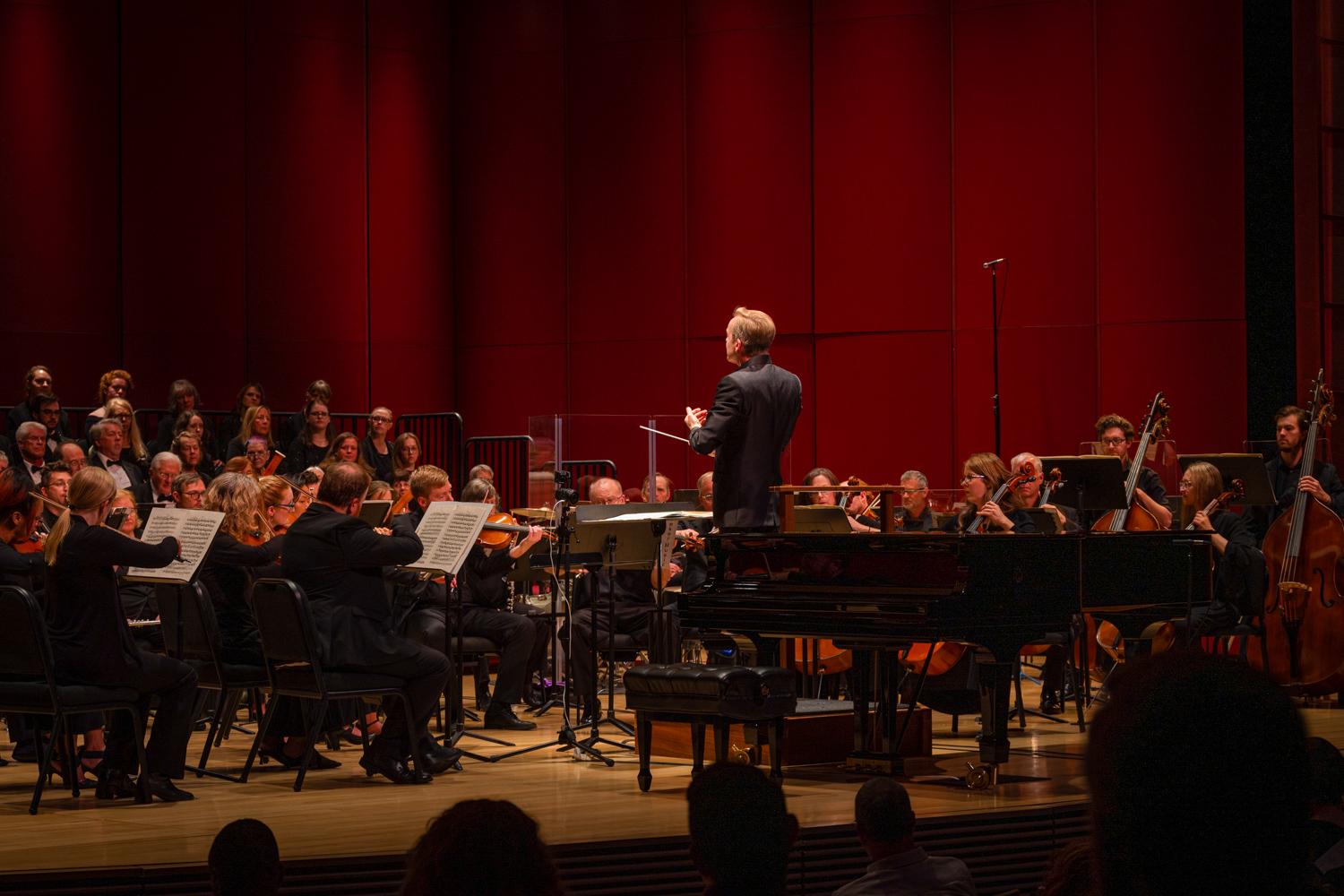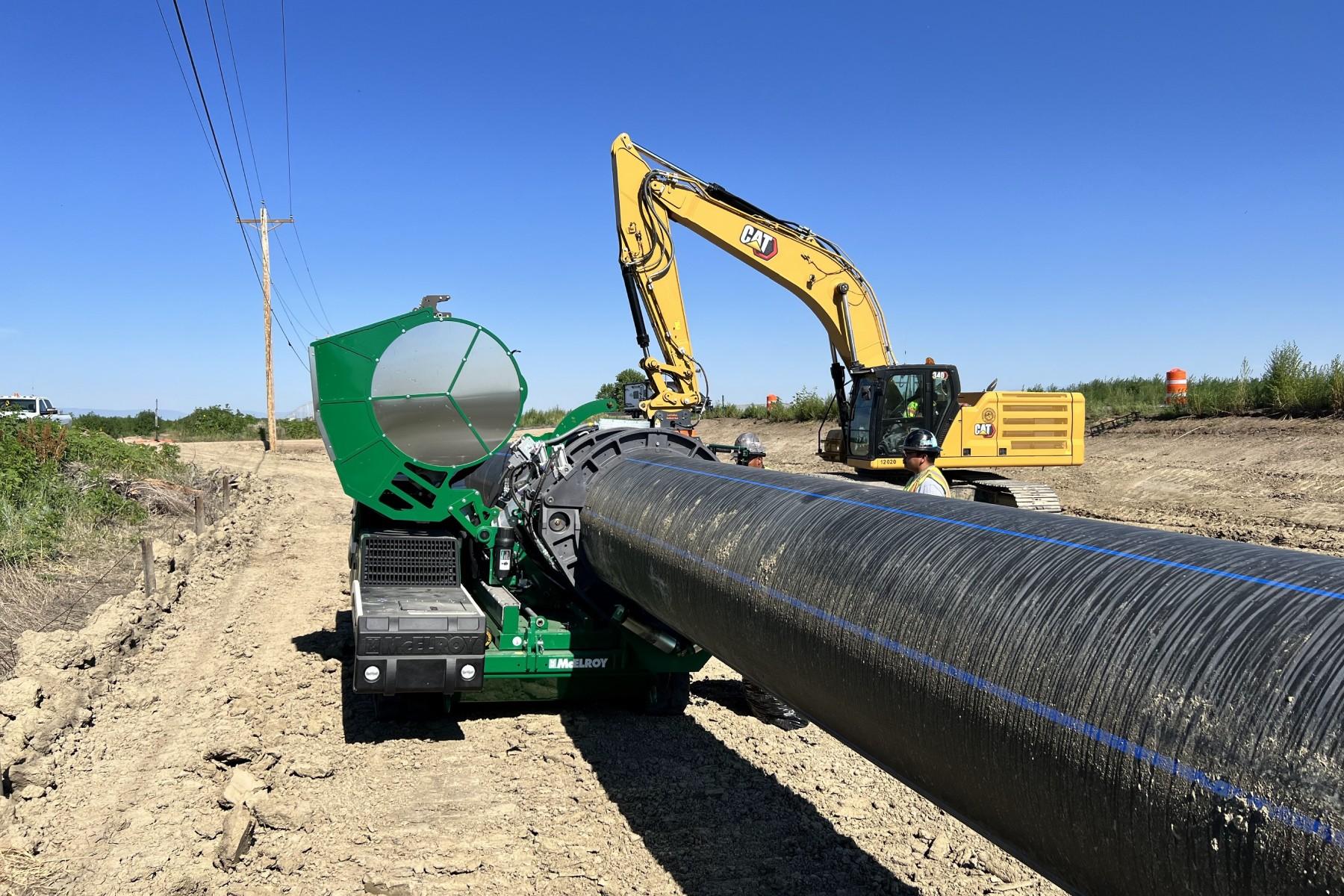
A set of rounded stones shaped like French baguettes have baffled scientists since they were discovered in the high desert near Colorado’s Great Sand Dunes National Park. Researchers assumed they were tools to grind nuts or seeds.
Longmont archaeologist Marilyn Martorano didn’t buy that theory.
The stones were clearly shaped by human hands but didn’t have the right wear marks around the edges to indicate they’d been used for grinding. So she set out to find a better explanation. About a decade later, Martorano believes she’s identified some of the earliest musical instruments ever played in Colorado.
“You really have to hear them,” said Martorano, who grew up in the San Luis Valley where the dunes sit. “That’s when you believe it.”
Martorano came close to giving up on her investigation. She spent years examining the rocks — one of which has been dated as at least 5,000 years old — without finding a good theory for their use.
A day before she was due to pack up the stones and return them to the Great Sand Dunes National Park & Preserve (the stones are part of their museum collection, but not on display), a friend passed along an online video. It was her light bulb moment.

The video showed a collection of musical stones, or lithophones, from a museum in Paris. Man-made lithophones have been found in Africa, Hawaii, New England and New Mexico. But not around the Great Sand Dunes in Southern Colorado, or the San Luis Valley.
She’d never heard of it before — “Nobody’s ever mentioned it in Colorado,” she said — so she was skeptical.
Once she finished the video, she grabbed some of the Colorado stones she’d spent so much time with and tapped on them.
She heard something resonant. Percussive. Musical.
“And once I tapped them I thought, ‘Wow. Maybe I’m the first person who’s ever heard these in 1,000 years,” she said.
Martorano felt she’d identified a set of ancient musical instruments. She drove to the Great Sand Dunes to share her discovery with a colleague. She asked him to walk to her car, pulled out a few of the stones and asked him to listen. “His mouth just dropped open,” Martorano recalled.
It’s easy to look at some musical rocks and assume they’re simple objects. That’s a mistake. These are sophisticated instruments.
The ancient people who lived near the Great Sand Dunes crafted their lithophones out of dense, often volcanic, rock to get the best sound. The stones have different sizes, which gives them different tones and pitches. Each one has a pair of dead spots where you can hold them so they resonate.
One of the most exciting things about the discovery for Martorano is what these stones tell us about the lives of ancient people. We often see evidence of where Native Americans lived centuries ago, or how they hunted or ate. We know far less about their music.

“To me, at least today, things that make life meaningful include the arts, include music,” she said. “And so it makes sense to me that that was important in the past as well.”
Martorano gives public talks about her discovery. She shows off about two dozen stones to audiences around the state and brings along her daughter Andrea, a percussionist, to demonstrate their sounds. They even let the audience try playing the lithophones — gently.
Martorano recently shared her findings with History Colorado and returned most of the lithophones. But she held onto a few of the stones for now, because she still has plenty of questions. She hopes to reach out to Native American groups for insights. She wonders how ancient people stored and cared for them. She also daydreams about what the rocks sounded like centuries ago in that quiet valley around Great Sand Dunes.
The archaeologist said that's the great thing about studying these stones: Answer one question about the lithophones and you've raised a slew of new ones.








